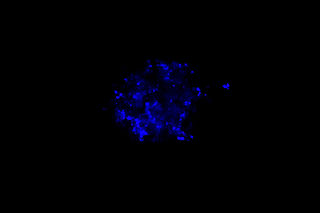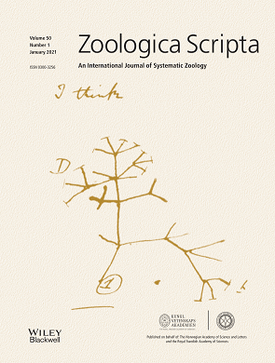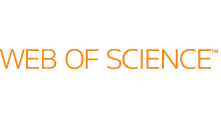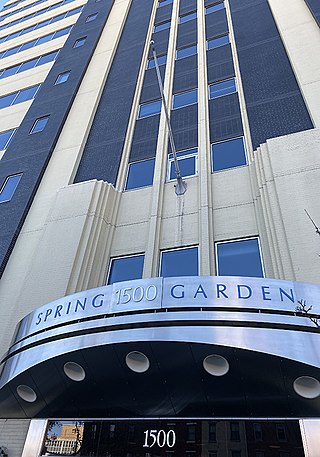
Luminescence is a spontaneous emission of radiation from an electronically or vibrationally excited species not in thermal equilibrium with its environment. A luminescent object emits cold light in contrast to incandescence, where an object only emits light after heating. Generally, the emission of light is due to the movement of electrons between different energy levels within an atom after excitation by external factors. However, the exact mechanism of light emission in vibrationally excited species is unknown.

Triboluminescence is a phenomenon in which light is generated when a material is mechanically pulled apart, ripped, scratched, crushed, or rubbed. The phenomenon is not fully understood but appears in most cases to be caused by the separation and reunification of static electric charges, see also triboelectric effect. The term comes from the Greek τρίβειν and the Latin lumen (light). Triboluminescence can be observed when breaking sugar crystals and peeling adhesive tapes.

Bioluminescence is the production and emission of light by living organisms. It is a form of chemiluminescence. Bioluminescence occurs widely in marine vertebrates and invertebrates, as well as in some fungi, microorganisms including some bioluminescent bacteria, and terrestrial arthropods such as fireflies. In some animals, the light is bacteriogenic, produced by symbiotic bacteria such as those from the genus Vibrio; in others, it is autogenic, produced by the animals themselves.

Geochronology is the science of determining the age of rocks, fossils, and sediments using signatures inherent in the rocks themselves. Absolute geochronology can be accomplished through radioactive isotopes, whereas relative geochronology is provided by tools such as paleomagnetism and stable isotope ratios. By combining multiple geochronological indicators the precision of the recovered age can be improved.

A loess is a clastic, predominantly silt-sized sediment that is formed by the accumulation of wind-blown dust. Ten percent of Earth's land area is covered by loesses or similar deposits.
Communications of the ACM is the monthly journal of the Association for Computing Machinery (ACM). It was established in 1958, with Saul Rosen as its first managing editor. It is sent to all ACM members. Articles are intended for readers with backgrounds in all areas of computer science and information systems. The focus is on the practical implications of advances in information technology and associated management issues; ACM also publishes a variety of more theoretical journals. The magazine straddles the boundary of a science magazine, trade magazine, and a scientific journal. While the content is subject to peer review, the articles published are often summaries of research that may also be published elsewhere. Material published must be accessible and relevant to a broad readership.
In physics, optically stimulated luminescence (OSL) is a method for measuring doses from ionizing radiation. It is used in at least two applications:
Scopus is a scientific abstract and citation database, launched by the academic publisher Elsevier as a competitor to older Web of Science in 2004. An ensuing competition between the two databases has been characterized as "intense" and is considered to significantly benefit their users in terms of continuous improvent in coverage, search/analysis capabilities, but not in price. Free database The Lens completes the triad of main universal academic research databases.

Plate readers, also known as microplate readers or microplate photometers, are instruments which are used to detect biological, chemical or physical events of samples in microtiter plates. They are widely used in research, drug discovery, bioassay validation, quality control and manufacturing processes in the pharmaceutical and biotechnological industry and academic organizations. Sample reactions can be assayed in 1-1536 well format microtiter plates. The most common microplate format used in academic research laboratories or clinical diagnostic laboratories is 96-well with a typical reaction volume between 100 and 200 μL per well. Higher density microplates are typically used for screening applications, when throughput and assay cost per sample become critical parameters, with a typical assay volume between 5 and 50 μL per well. Common detection modes for microplate assays are absorbance, fluorescence intensity, luminescence, time-resolved fluorescence, and fluorescence polarization.
The impact factor (IF) or journal impact factor (JIF) of an academic journal is a scientometric index calculated by Clarivate that reflects the yearly mean number of citations of articles published in the last two years in a given journal, as indexed by Clarivate's Web of Science.

Zoologica Scripta is a bimonthly peer-reviewed scientific journal on systematic zoology, published by Wiley-Blackwell on behalf of the Norwegian Academy of Science and Letters and the Royal Swedish Academy of Sciences. It was established in 1972. The editor-in-chief since 2023 is Lutz Bachmann. According to the Journal Citation Reports, the journal has a 2020 impact factor of 3.140, ranking it 12th out of 174 journals in the category "Zoology".

ChemComm, formerly known as Journal of the Chemical Society D: Chemical Communications (1969–1971), Journal of the Chemical Society, Chemical Communications (1972–1995), is a peer-reviewed scientific journal published by the Royal Society of Chemistry. It covers all aspects of chemistry. In January 2012, the journal moved to publishing 100 issues per year. The current chair of the editorial board is Douglas Stephan, while the executive editor is Richard Kelly.

Marcel Joseph Vogel was a research scientist working at the IBM San Jose Research Center for 27 years. He is sometimes referred to as Dr. Vogel, although this title was based on an honorary degree, not a Ph.D. Later in his career, he became interested in various theories of quartz crystals and other occult and esoteric fields of study.

Luminescence dating refers to a group of chronological dating methods of determining how long ago mineral grains were last exposed to sunlight or sufficient heating. It is useful to geologists and archaeologists who want to know when such an event occurred. It uses various methods to stimulate and measure luminescence.
The Science Citation Index Expanded is a citation index originally produced by the Institute for Scientific Information (ISI) and created by Eugene Garfield.
Journal Citation Reports (JCR) is an annual publication by Clarivate. It has been integrated with the Web of Science and is accessed from the Web of Science Core Collection. It provides information about academic journals in the natural and social sciences, including impact factors. JCR was originally published as a part of the Science Citation Index. Currently, the JCR, as a distinct service, is based on citations compiled from the Science Citation Index Expanded and the Social Sciences Citation Index. As of the 2023 edition, journals from the Arts and Humanities Citation Index and the Emerging Sources Citation Index have also been included.
Luminescence: The Journal of Biological and Chemical Luminescence is a monthly peer-reviewed scientific journal publishing original scientific papers, short communications, technical notes, and reviews on fundamental and applied aspects of all forms of luminescence, including bioluminescence, chemiluminescence, electrochemiluminescence, sonoluminescence, triboluminescence, fluorescence, time-resolved fluorescence, and phosphorescence. The current editor-in-chief is Yi Lv. It was established in 1986 by John Wiley & Sons as the Journal of Bioluminescence and Chemiluminescence and obtained its current title in 1999.

The Web of Science is a paid-access platform that provides access to multiple databases that provide reference and citation data from academic journals, conference proceedings, and other documents in various academic disciplines.

Clarivate Plc is a British-American publicly traded analytics company that operates a collection of subscription-based services, in the areas of bibliometrics and scientometrics; business / market intelligence, and competitive profiling for pharmacy and biotech, patents, and regulatory compliance; trademark protection, and domain and brand protection. In the academy and the scientific community, Clarivate is known for being the company that calculates the impact factor, using data from its Web of Science product family, that also includes services/applications such as Publons, EndNote, EndNote Click, and ScholarOne. Its other product families are Cortellis, DRG, CPA Global, Derwent, CompuMark, and Darts-ip, and also the various ProQuest products and services.












